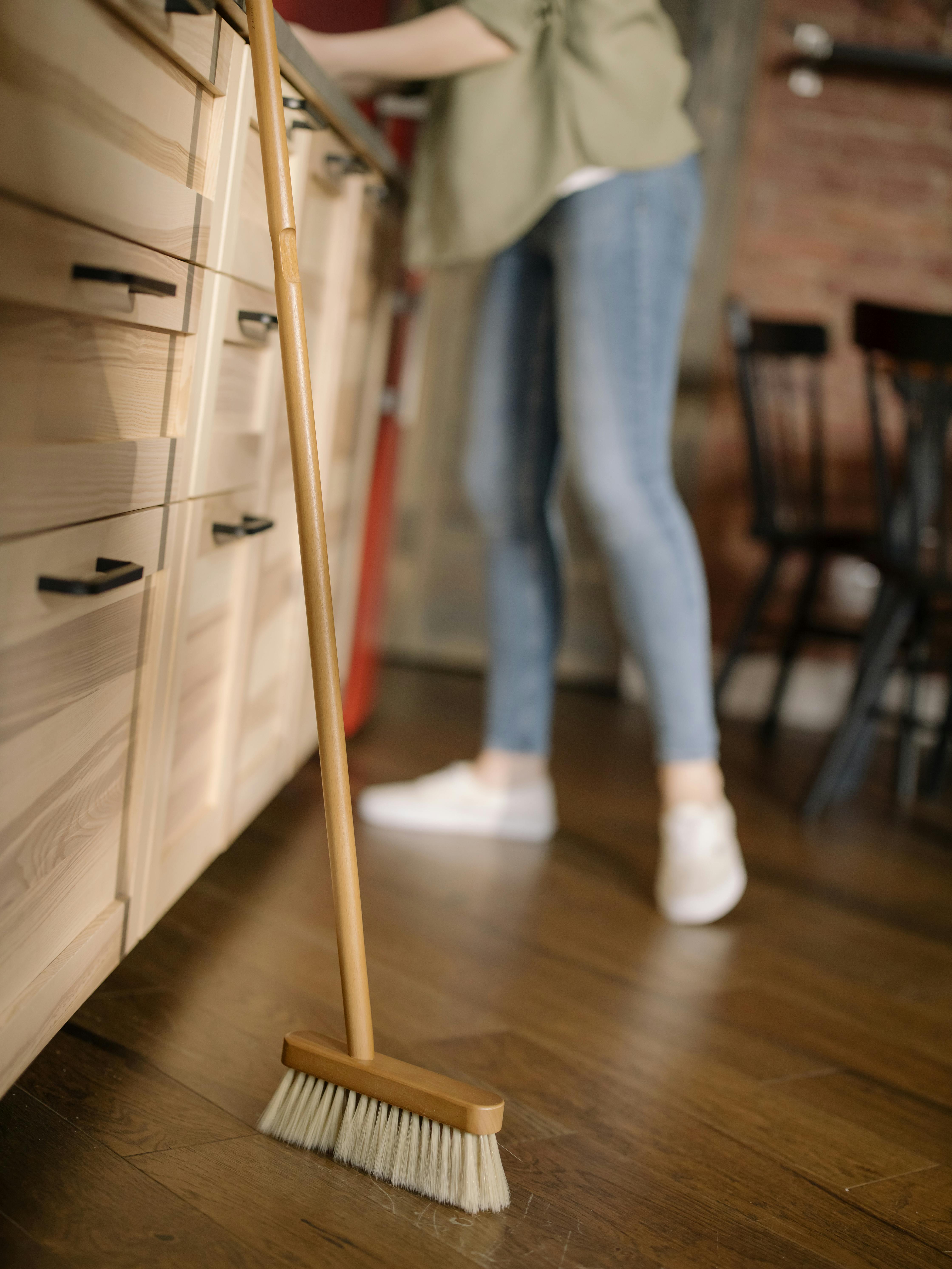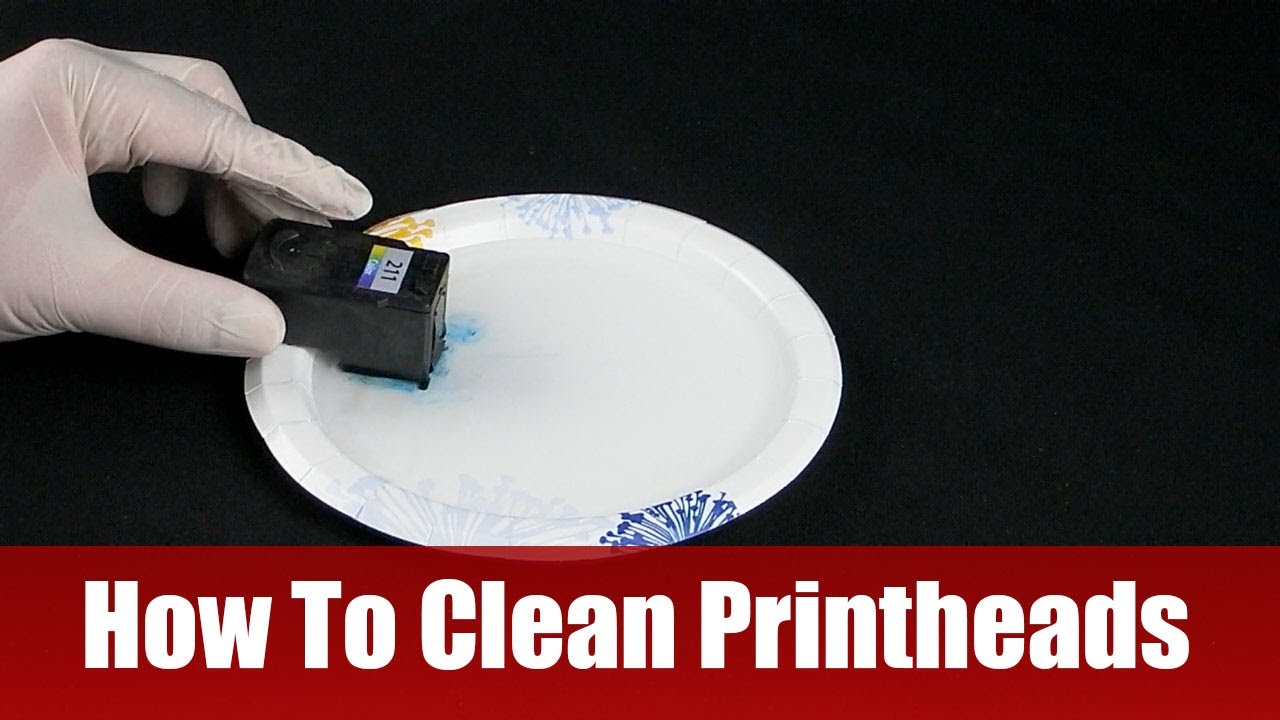Effective Guidelines for Baking Meatloaf at 350 Degrees
Baking a delicious meatloaf at 350 degrees Fahrenheit is a cherished tradition in many households. However, achieving the perfect meatloaf requires understanding the nuances of baking time and internal temperatures. As a classic comfort food, meatloaf can be varied in many ways, from the types of meat used, such as ground beef or turkey, to the variety of seasonings and sauces that can enhance its flavor. In this article, we'll dive into the effective ways to determine how long to bake meatloaf, accounting for the different factors that affect cooking time. Whether you're looking to make a traditional meatloaf recipe or want to experiment with flavorful alternatives, this guide will help you lift your meatloaf game to perfect timing.
We will explore key aspects such as cooking times based on meatloaf size and thickness, the proper internal temperature for doneness, tips on preventing drying, and enhancing flavors through various ingredients. Additionally, we've included essential meatloaf cooking tips and recipe suggestions for side dishes that pair wonderfully with this family meal favorite.
By the end of this article, you'll have a comprehensive understanding of how long to bake meatloaf at 350 degrees to ensure it's moist, flavorful, and safe for consumption. Let's get started on this culinary journey!
Understanding Meatloaf Baking Time
When it comes to meatloaf baking time, several factors play a crucial role in ensuring your meatloaf cooks perfectly. The size of the meatloaf loaf, the meat type you choose, and your oven's accuracy are essential considerations.
Meatloaf Size Considerations
The cooking time for meatloaf can vary significantly based on its size and shape. Typically, a standard loaf weighing about 2 pounds will take approximately 1 hour to 1 hour and 15 minutes at 350 degrees Fahrenheit. If you make smaller individual loaves or meatloaf muffins, these will generally require about 30-45 minutes of cooking time. It's essential to know your meatloaf's portion size when determining baking time to avoid undercooking or overcooking.
Thickness and Shape Effects
Thicker meatloaves will take longer to cook than thinner shapes. The shape of the loaf can also influence heat distribution throughout the meat. A wider, shallower loaf will cook faster than a tall, narrow loaf. To ensure even cooking, it's best to shape the meat mixture into a loaf that is about 2-3 inches thick.
Utilizing a Meat Thermometer
One of the best practices to check for doneness is using a meat thermometer. The USDA advises that ground meat, including meatloaf, should reach an internal temperature of 160 degrees Fahrenheit for safe consumption. By monitoring the internal meatloaf temperature, you can ensure it's cooked to perfection without worrying about overbaking.
Mastering Moisture and Flavor in Meatloaf
It's not just about timing; achieving maximum flavor and moisture is essential for a perfect meatloaf. Here are some tips for ensuring your meatloaf remains succulent and flavorful throughout the baking process.
Secret Ingredients for Flavor
Adding ingredients such as sautéed onions, garlic, and various spices can significantly enhance the overall taste of your meatloaf. Popular meatloaf ingredients substitution options include using breadcrumbs soaked in milk or egg. These additions contribute to both moisture and a rich, savory flavor. Incorporate your favorite meatloaf seasonings or sauces for additional flavor enhancements during baking.
Importance of a Glaze
A meatloaf glaze is not only an excellent way to add moisture but also provides a beautiful caramelized exterior. A mixture of ketchup, brown sugar, and Worcestershire sauce is a classic glaze choice. Brushing this mixture on top of your meatloaf halfway through the baking time will give it a delicious finishing touch.
Avoiding Common Mistakes
To prevent common meatloaf mistakes, such as dryness, it’s vital to avoid overmixing the meat mixture, as this can lead to a dense and dry outcome. Use your hands to combine the ingredients gently and ensure not to pack it too tightly in your loaf pan. Moreover, check your oven's temperature to avoid cooking inconsistencies that could affect meatloaf doneness.
After Baking: Checking for Doneness
Once your meatloaf has been in the oven for the appropriate amount of time, checking for doneness is crucial to ensure that it is safe to eat. Understanding the indicators of a perfectly cooked meatloaf can help enhance your cooking skills further.
Visual Cues for Doneness
While internal temperature is the most reliable method for checking doneness, there are visual cues that can help you assess the meatloaf. The meatloaf should be uniformly browned, with juices running clear rather than pink. The edges should be slightly pulling away from the sides of the pan, indicating that the meatloaf is cooked through.
Resting Your Meatloaf
After taking your meatloaf out of the oven, let it rest for about 10-15 minutes before slicing. This resting time allows the juices to redistribute, keeping the meatloaf moist and enhancing its flavor. Slicing it too soon can cause the juices to run out, resulting in a dry final dish.
Meatloaf Serving Suggestions
Meatloaf pairs wonderfully with a variety of sides. Traditional side dishes include mashed potatoes, steamed vegetables, or a simple salad. Consider preparing a homemade gravy or a special meatloaf sauce to elevate the dish's flavor and presentation.
Storing and Reheating Meatloaf
Proper storage of leftover meatloaf is vital to maintain its quality for future meals. Keeping seasonality and food safety in mind are important factors.
Storing Leftovers
Store leftover meatloaf in an airtight container in the refrigerator for up to three days. If you need to keep it for longer, consider freezing individual portions. Wrap the meatloaf in plastic wrap and then place it in a freezer bag, where it can last for up to 3 months. When ready to enjoy again, simply thaw in the refrigerator overnight before reheating.
Reheating Meatloaf Safely
To reheat meatloaf, place it back in a preheated oven at 350 degrees Fahrenheit until it reaches an internal temperature of 165 degrees Fahrenheit. This method ensures even reheating while keeping your meatloaf flavorful and moist. You can also use a microwave, but be cautious, as this may lead to drying out if not monitored closely.
Creative Ways to Use Leftover Meatloaf
Leftover meatloaf can be incredibly versatile. You can slice it for sandwiches, crumble it into pasta dishes, or even make meatloaf hash topped with eggs for a hearty breakfast. The possibilities are endless!

Frequently Asked Questions about Meatloaf Baking
How long should I bake a 2-pound meatloaf at 350?
A 2-pound meatloaf typically requires about 1 hour to 1 hour and 15 minutes at 350 degrees Fahrenheit, depending on its thickness.
What is the best internal temperature for meatloaf?
The ideal internal temperature for cooked meatloaf should reach 160 degrees Fahrenheit for safe consumption. Always use a meat thermometer for the most accurate reading.
Can I make meatloaf ahead of time?
Absolutely! You can prepare your meatloaf mixture ahead of time and store it in the fridge before baking it the next day. Additionally, meatloaf also freezes well, allowing you to make it in advance and savor its flavors later.

